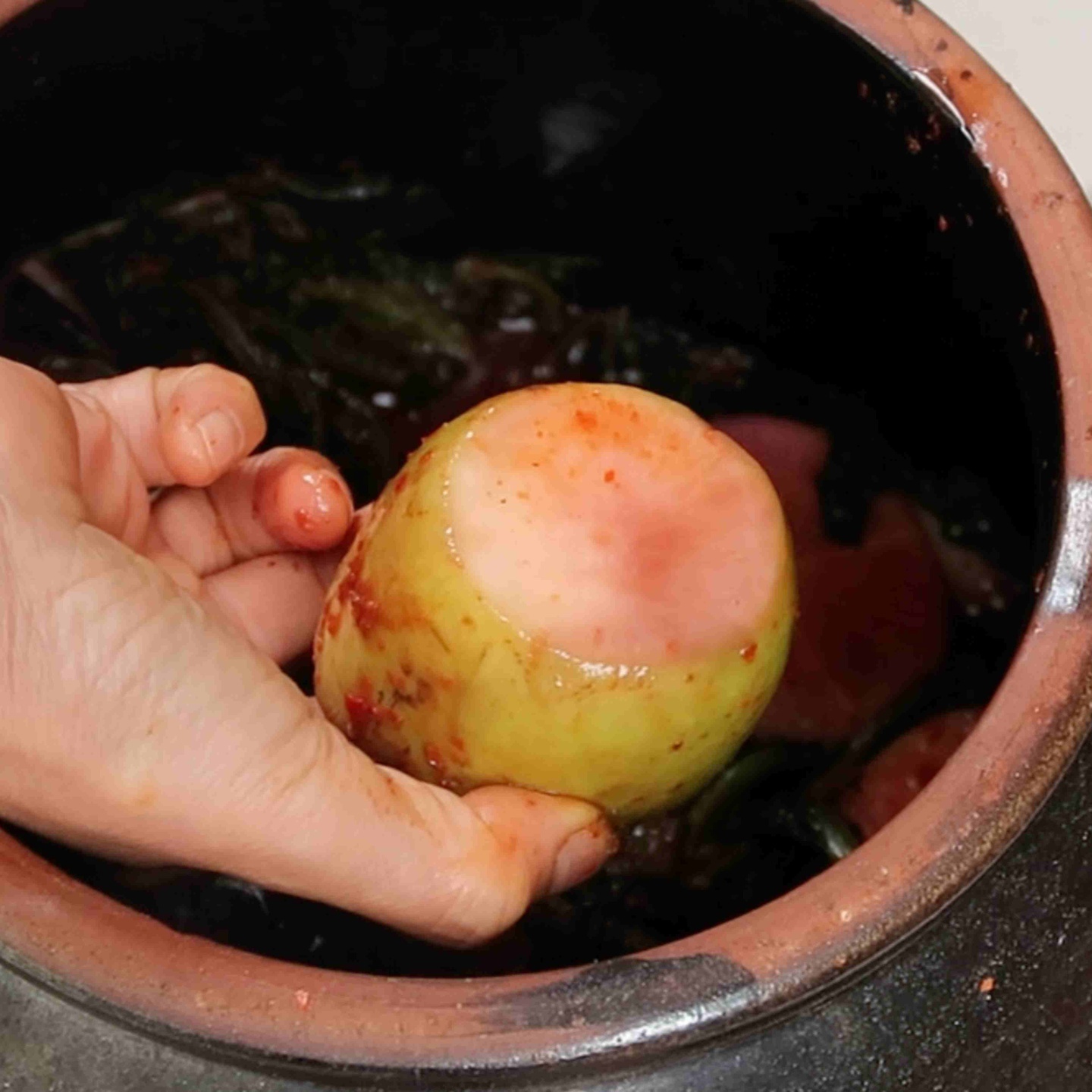Artificial Seasoning
There are three main types of MSG that are used to season soups.
Miwon (미원)
Miwon is plain MSG and is the most popular MSG that Korean people use in cooking. This is just MSG alone; it does not add a salt flavor it just enhances the flavor.
Anchovy Broth Powder (멸치 다시다)
This is an anchovy-based msg powder mix. It has msg and some seasoning. It should be used when making soups that contain fish or seafood.
Beef Broth Powder (쇠고기 다시다)
This is a beef-based msg powder mix. This also has msg and some seasoning. It can be added to soups that contain proteins like beef or pork.
When you use any of these kinds of MSG, whether it be Miwon (미원), Anchovy Broth Powder (멸치 다시다), or Beef broth powder (쇠고기 다시다), only use a little bit. Adding too much MSG to your soup will result in an odd artificial umami flavor. Only add less than 1/8 tsp at a time and make sure to taste your soup before adding more.
The point of MSG is not to season your food, it is meant to enhance the flavor. If your soup tastes bland after using MSG try adding more salt before adding more MSG.
Natural Instant Korean Broth
For those who do not want to use msg but need a quick broth, let me introduce “Real Anchovy Powder” (멸치가루).
How to make Real Anchovy Powder (멸치가루):
- Remove the head (optional) and guts from medium/large dried anchovy and toast on low heat with no oil.
- Once toasted remove them from the pan and blend them in the blender until they are a fine powder.
- Store them in an airtight container in the fridge or freezer.
It is very easy to use this anchovy powder to make instant broth. Some people add it directly to their soup. This is not my favorite method because when you do this, you must be careful because the broth can taste less clean and fresh if you add too much.
My preferred method is to add a couple of spoons full of this powder to some water and then simmer it for 5-10 minutes. Then you strain the liquid from the powder and use the now seasoned liquid as a broth.
Best Cuts of Protein for Soups
Soup is the perfect time to utilize tough inexpensive cuts of meat.
Beef Cuts:
Any cut of beef can be used but here are some popular soup cuts.
- Oxtail (소꼬리)
- Cow leg (사태)
- Plate & Flank (양지)
- Brisket (앞다리)
Pork Cuts:
- Pig Head (돼지머리)
- Boston shoulder (목심)
- Picnic shoulder (앞다리살)
- Shank (사태)
- Loin (등심)
- Pork belly (삼겹살)
- Ham (뒷다리살)
- Pork backbone (돼지등뼈)
Poultry:
Most commonly, the whole chicken or duck is used in Korean soups.
Seafood:
A variety of both fresh and dried Korean seafood and fish are used in soups. It can vary based on region and accessibility. The fish used vary based on season, region, and accessibility. There are no concrete rules, but white fish are often used for Korean soup.
- Cod
- Pollock
- Mackerel (고등어)
When fish is used for soups, the whole fish is utilized, and that can include the fish offal. When fish eggs are used for soups, only the fresh versions are used, not the salted versions. The salted version is enjoyed more like a side dish.
- Fish Eggs (생선알 aka 곤이)
- Fish Liver (생선간)
- Fish Sperm Sack (생선 이리)
- Fish Ovary (생선 고니)
These fish offal are simmered for a shorter amount of time, towards the end of the cooking process when the other fish are done so that the offal does not get too hard.

